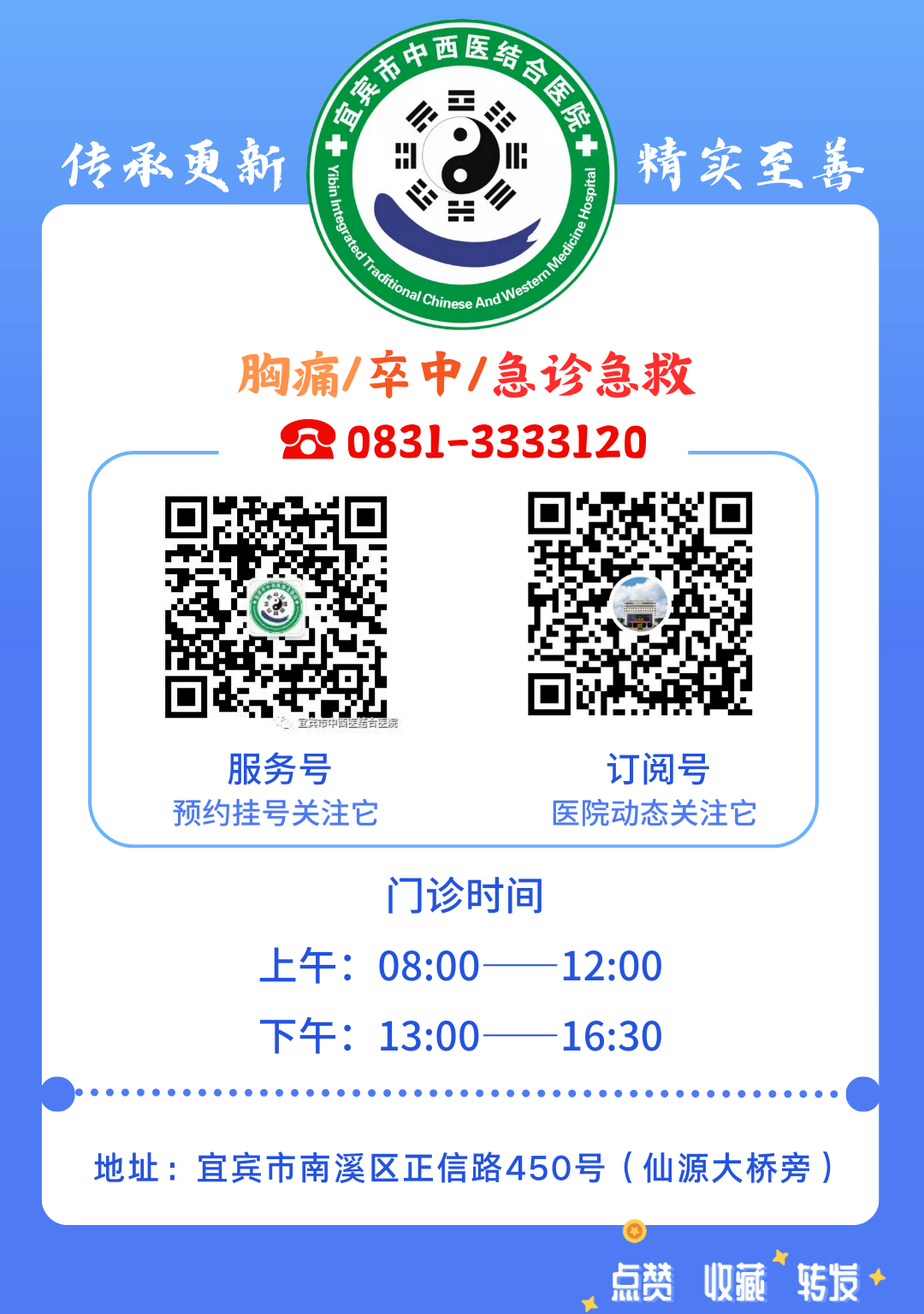How to Differentiate
Wind-Cold and Wind-Heat
Yibin City Integrated Traditional Chinese and Western Medicine Hospital
With seasonal changes and sudden drops in temperature, people are prone to colds.
Colds are common ailments in daily life.
Over-the-counter cold medications are essential in most households.
Often, taking medication can alleviate symptoms.
However, sometimes medication does not work, and symptoms may worsen.
This raises the question of whether the “medication is inappropriate for the condition.””>


How to Distinguish Between Wind-Cold and Wind-Heat

Wind-Cold Cold
Wind-Cold Cold is caused by exposure to cold wind, more common in autumn and winter. Symptoms include body aches, nasal congestion, runny nose, and productive cough. Treatment can involve both Western and Chinese medicine, as well as dietary therapy. Preventive measures include keeping warm, increasing physical exercise, and enhancing immunity. Wind-Cold colds are caused by the invasion of Wind-Cold evil and the failure of lung qi to disperse.
Symptoms:
Severe chills, mild fever, no sweating, headache, body aches, nasal congestion with clear discharge, cough with thin white phlegm, no thirst or preference for warm drinks, thin white tongue coating.
1. Occipital headache
This refers to pain in the back of the head, accompanied by stiffness in neck movement.
2. Aversion to cold and wind
Usually, one needs to wear many clothes or cover with a thick quilt to feel comfortable.
3. Clear nasal discharge
Clear discharge, white or slightly yellow. If nasal congestion occurs without discharge, drinking hot water may initiate clear discharge, which also indicates Wind-Cold cold; tongue with no coating or thin white coating, nasal congestion with a heavy voice. Sneezing, clear discharge, chills, no fever or mild fever, no sweating, body aches, cough with thin white phlegm, thin white tongue coating, floating tight pulse.
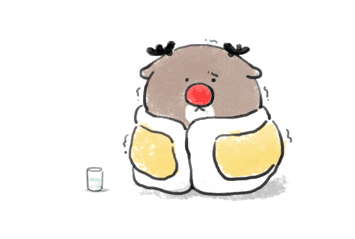
Wind-Heat Cold
Wind-Heat Cold is caused by Wind-Heat evil invading the exterior, leading to disharmony of lung qi. Symptoms include high fever, slight aversion to wind, headache, sweating, sore throat, cough, thick or yellow phlegm, nasal congestion with yellow discharge, thirst with a preference for drinking, red tongue edges, thin white with slight yellow coating. Wind-Heat colds are more common in summer and autumn, caused by external Wind-Heat. Traditional Chinese medicine believes that Wind-Heat colds are exterior syndromes caused by the invasion of Wind-Heat evil.
Symptoms:
1. Main symptoms
(1) Fever, slight aversion to wind and cold, sweating or little sweating, headache, body aches;
(2) Nasal congestion, yellow thick discharge, cough, red and dry sore throat.
2. Secondary symptoms
Little sweating, dry throat, yellow thick phlegm.
3. Tongue and pulse signs
Red tip of the tongue, thin yellow coating; pulse floating and rapid.
If the main symptom (1) and secondary symptoms are present, or main symptom (2) and secondary symptoms are present, along with typical tongue and pulse signs, a diagnosis of Wind-Heat cold can be made.
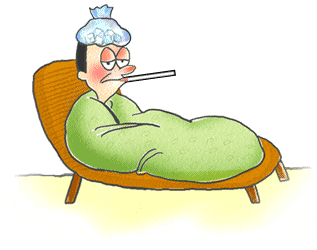
| Type | Wind-Cold Cold | Wind-Heat Cold |
| Common Symptoms | Fever with aversion to cold, nasal congestion with runny nose, headache and body aches | |
| Cold-Heat | Predominantly aversion to cold, with fever secondary | Predominantly fever, with aversion to cold secondary |
| Sweating | No sweating | With sweating |
| Nasal Discharge | Clear discharge | Thick yellow discharge |
| Throat | Itchy throat | Sore throat |
| Cough | Heavy cough, wheezing, thin white phlegm | Frequent severe cough, difficult phlegm, thick/yellow phlegm |
| Thirst | No thirst | Thirsty |
| Tongue Coating | White coating | Yellow coating |
How to Use Medication for Wind-Cold and Wind-Heat

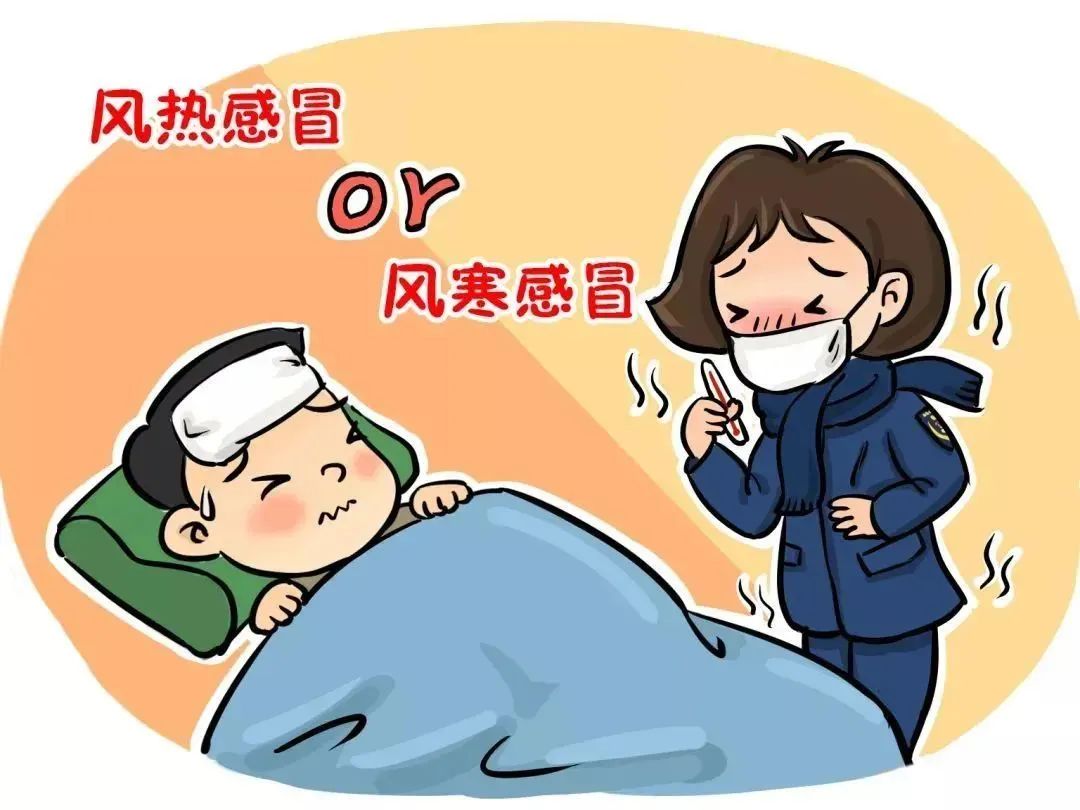
For Wind-Cold Cold, the primary treatment should focus on warming and dispersing the exterior, commonly using herbs like Ma Huang (Ephedra), Jing Jie (Schizonepeta), Fang Feng (Siler), and Su Ye (Perilla Leaf) as dispersing cold herbs. For Wind-Heat Cold, the focus should be on cooling and dispersing the exterior, commonly using herbs like Ju Hua (Chrysanthemum), Bo He (Peppermint), and Sang Ye (Mulberry Leaf) as heat-clearing and detoxifying herbs.

What to Eat for Wind-Cold Cold

For treating Wind-Cold Cold, commonly used herbs include Ma Huang (Ephedra), Jing Jie (Schizonepeta), Fang Feng (Siler), and Su Ye (Perilla Leaf) as primary warming and dispersing herbs. Consider using cold-clearing granules, Zheng Chai Hu Decoction granules, Wind-Cold Cold Granules, Jing Fang Granules, Antipyretic Cold Tablets, Cold Fever Tablets, Sheng Su Cold Tablets, Cold Soft Capsules, Cold Stopping Capsules, Cold Granules, Fang Feng Tong Sheng Pills, Jing Fang Bai Du Pills, Sheng Su Pills, Tong Xuan Li Fei Pills, Jiu Wei Qiang Huo Pills, etc. However, avoid using Yin Qiao Detox Pills, Ling Qiao Detox Pills, Ling Yang Cold Tablets, Sang Ju Cold Tablets, etc., as they may worsen the condition or prolong the cold.

What to Eat for Wind-Heat Cold

For Wind-Heat Cold, treatment should focus on cooling and dispersing the exterior. Commonly used herbs include Ju Hua (Chrysanthemum), Bo He (Peppermint), and Sang Ye (Mulberry Leaf) as cooling and lung-clearing herbs, which should be used to cool and clear heat.
Consider using Yin Qiao Detox Granules, Summer Sang Ju Cold Granules, Wind-Heat Cold Granules, Ling Qiao Detox Pills, Chai Huang Cooling Granules, Compound Cold Spirit Tablets, Cold Clearing Capsules, Cooling Cold Granules, Compound Summer Sang Ju Cold Tablets, Yin Chai Mixture, Qing Gan Chuan Xin Lian Tablets, Compound Double Flower Oral Liquid, Compound Chuan Xin Lian Tablets, Cooling Detox Granules, Double Huang Lian Oral Liquid, Antiviral Capsules, Yin Qiao Detox Pills, Ling Yang Cold Tablets, or Ban Lan Gen Granules. However, avoid using Wind-Cold Cold Granules, Cold Stopping Granules, etc., as they may worsen the condition.
Medication is for reference only; if symptoms occur, it is recommended to go to the hospital for targeted treatment, following medical advice.

“Wind-Cold” and “Wind-Heat” are merely different stages in the occurrence of a cold. In the early stages of a cold, it may belong to Wind-Cold; if Wind-Cold is not promptly released, it may transform into Wind-Heat due to stagnation.
Therefore, when dealing with colds, it is essential to understand which stage you are in, determining whether it is Wind-Heat or Wind-Cold, to differentiate the medication.

How to Prevent Colds
Whether it is Wind-Cold or Wind-Heat, it is essential to develop good dietary habits, eat more fresh fruits and vegetables rich in vitamins, avoid spicy and stimulating foods, drink plenty of water, rest adequately, and also avoid smoking and alcohol.
01
Drink More Water
In daily life, it is important to drink more water to ensure the body is adequately hydrated and to prevent dehydration, especially after a cold, drinking more water can help detoxify the body and prevent colds.
It is recommended to maintain water intake, but avoid drinking large amounts at once; instead, drink intermittently. Daily water intake should not be less than 1500 milliliters, ideally reaching 2000 milliliters.
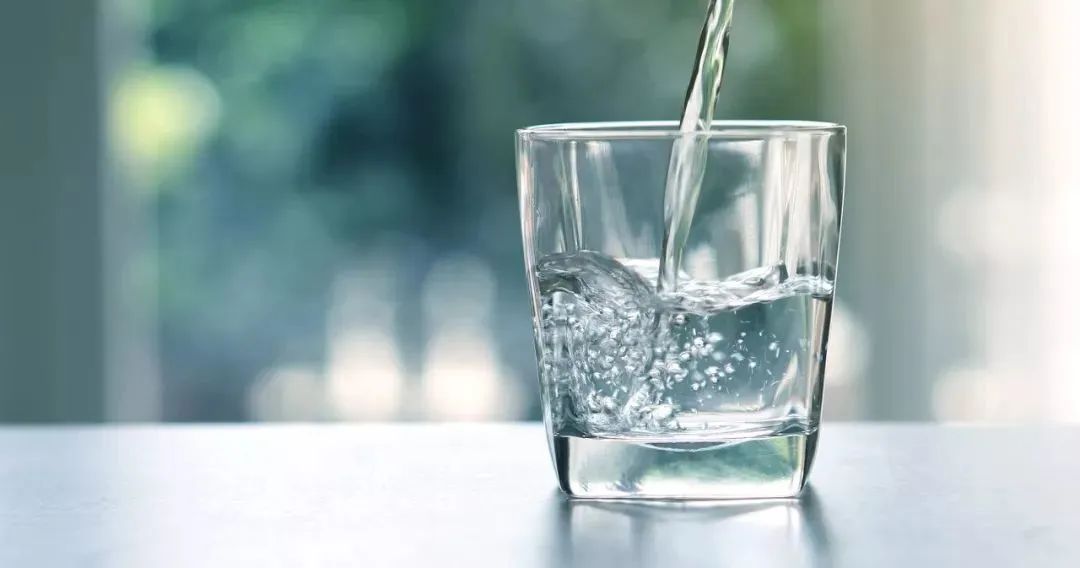

02
Ensure Good Ventilation
To prevent colds, it is also necessary to maintain good ventilation in living spaces, opening windows twice a day for about 20 minutes each time to reduce the proliferation of pathogenic microorganisms in the air, effectively preventing colds. The indoor humidity should be maintained at a certain level.
Children’s rooms must be ventilated; parents should not fear that children will catch a cold from the wind, as the stagnant air in closed rooms is more detrimental to children’s health.


03
Dress Warmly in the Morning and Evening
For the elderly, children, and those with weaker constitutions and lower immunity, it is essential to wear a coat when going out in the morning and evening. Those with weaker constitutions and lower immunity should pay extra attention to keeping warm. When choosing clothing, consider comfort, protection, and health factors.
With increasing temperature differences between day and night, we must pay attention to warmth, especially for patients with cardiovascular diseases and bronchial asthma, who should strengthen warmth and adjust clothing accordingly.
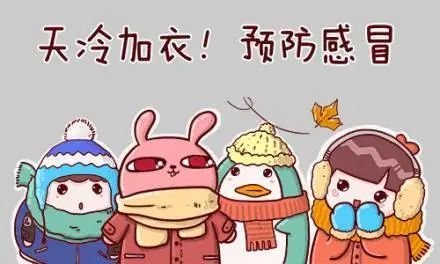


Final Thoughts

Common colds are self-limiting diseases; most people can recover on their own within a few days, even without medication.When using traditional Chinese medicine to treat colds, it is essential to follow TCM principles, diagnosing based on symptoms and treating according to individual, location, and timing to achieve a speedy recovery.

